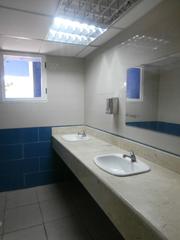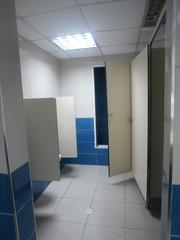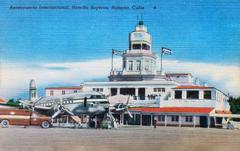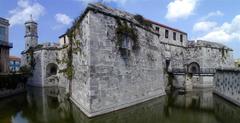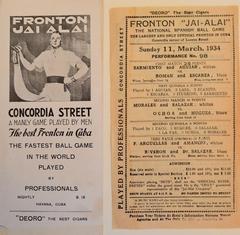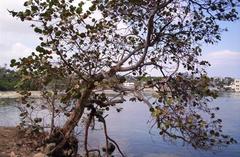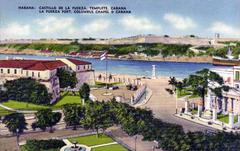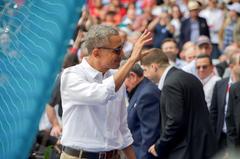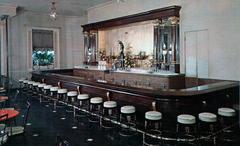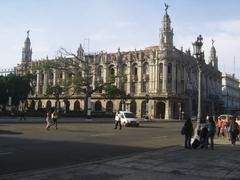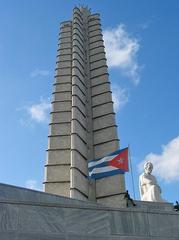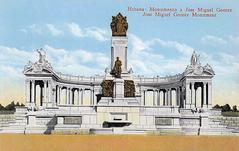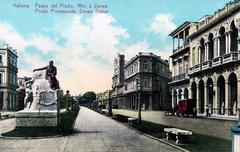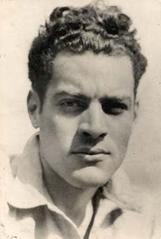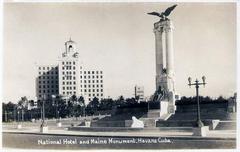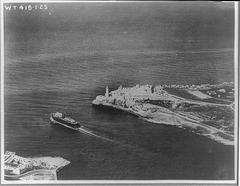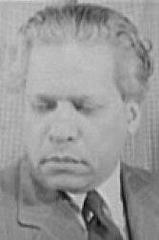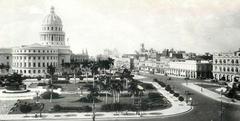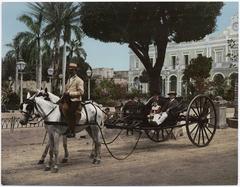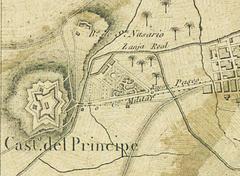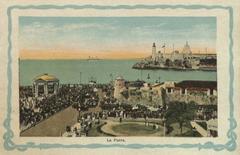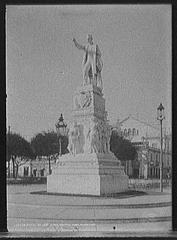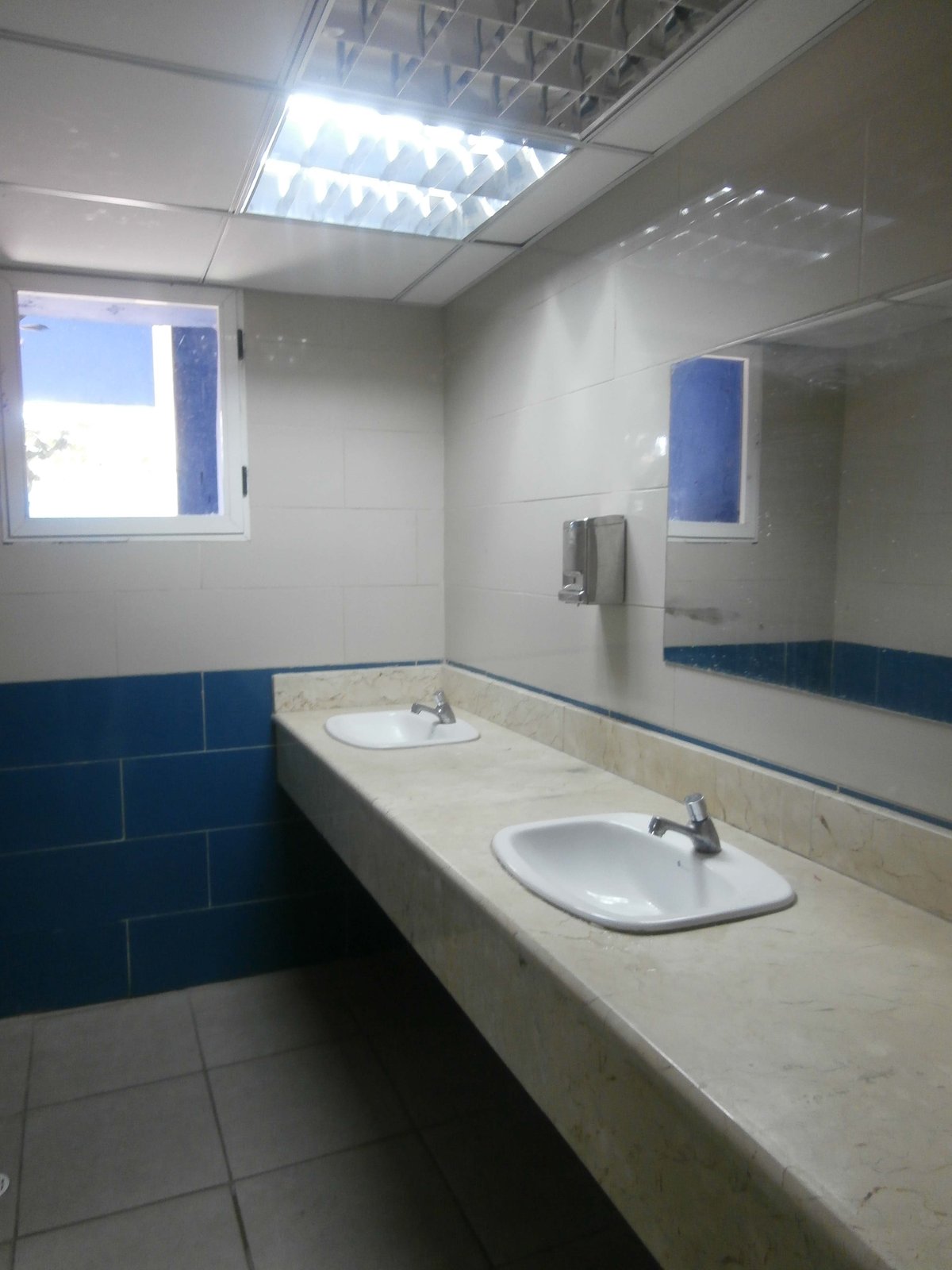
Visiting José Martí International Airport, Havana, Cuba: Complete Guide to Tickets, Hours, and Travel Tips
Date: 14/06/2025
Introduction: The Gateway to Cuba
José Martí International Airport (HAV), located in Havana Province, is Cuba’s largest and busiest airport, serving as the nation’s premier international gateway. Established in 1930 as Rancho Boyeros Airport and later renamed to honor Cuban national hero José Martí, the airport is a vital transport hub with deep historical and cultural significance. For millions of visitors each year, it is the first step into Cuba’s vibrant capital and its remarkable heritage.
This guide provides a detailed overview of the airport’s history, visiting hours, ticketing procedures, terminal services, transportation options, and insider tips. Whether you are arriving for business or leisure, you will find practical advice to navigate the airport, explore nearby attractions, and make the most of your time in Havana. For real-time updates and official resources, refer to the primary airport website and trusted travel guides (Havana Airport Official Site; RentalCarCuba; TourRepublic).
Contents
- Historic Overview
- Visitor Information: Hours, Tickets, and Accessibility
- Terminals and Airport Facilities
- Arrival and Departure Procedures
- Transportation: Getting To and From the Airport
- Nearby Attractions
- Essential Tips for Travelers
- Frequently Asked Questions (FAQ)
- Summary and Recommendations
- Official Sources and Further Reading
Historic Overview
From Local Airfield to International Hub
José Martí International Airport was inaugurated in 1930, replacing Columbia Airfield. Its initial location, on the plains of Boyeros, gave rise to the name Rancho Boyeros. The airport quickly established itself as a pivotal center for Cuban aviation, with Cubana de Aviación launching its first mail flight in 1930 and its first transatlantic service to Madrid by 1936. The 1940s saw the construction of Cuba’s first control tower and the founding of the International Air Transport Association (IATA) in Havana, affirming the airport’s international standing.
Growth, Modernization, and International Significance
Through the 1950s to 1970s, the airport expanded its European routes and modernized in response to Cuba’s growing tourism sector and diplomatic ties. Following the Cuban Revolution, José Martí International became a hub for Soviet and Eastern Bloc connections, especially via Aeroflot.
Major terminal developments occurred from the late 1980s onward, with the addition of Terminal 2 (for U.S. charter flights) and the modern Terminal 3, designed to handle increasing international demand.
Visitor Information: Hours, Tickets, and Accessibility
Visiting Hours
José Martí International Airport operates 24 hours a day, 7 days a week. Flight and service schedules may vary; it is advised to check with your airline for specific check-in times.
Tickets and Flight Information
- Booking: Tickets are available through airline websites, authorized travel agencies, and directly at airport counters.
- Recommendation: Due to high demand and periodic fluctuations in flight availability, advance booking is strongly advised. For the latest schedules, consult the official airport website.
Accessibility
The airport provides facilities for travelers with disabilities, including wheelchair assistance, accessible restrooms, and designated parking. Assistance can be arranged through your airline or the airport’s customer service.
Terminals and Airport Facilities
Overview of Terminals
- Terminal 1: Handles domestic flights and some regional services; the oldest terminal, reflecting the airport’s historical roots.
- Terminal 2: Primarily for U.S. charter flights; opened in 1988.
- Terminal 3: The main international terminal, opened in 1998, with modern amenities and the highest passenger volume.
- Freight Terminal: Dedicated to cargo operations.
Services and Amenities
- Currency Exchange: Available in arrival and departure halls. U.S. dollars are accepted but incur surcharges; Cuban pesos (CUP) are commonly used.
- Food and Beverage: Limited options, primarily in Terminal 3. Facilities have basic amenities, and supply shortages (e.g., in restrooms) are not uncommon.
- Wi-Fi: Limited and requires prepaid cards.
- Car Rentals: On-site desks; high demand means reservations should be made in advance.
- Accessibility: Elevators, ramps, and accessible restrooms are available.
Arrival and Departure Procedures
Arriving at José Martí International Airport
- Immigration: Present a valid passport, Cuban Tourist Card (visa), and customs declaration. Health screening remains in effect; keep health documents accessible (RentalCarCuba).
- Baggage Claim & Customs: Wait times can be long, especially in Terminal 3. Customs focus on electronics and high-value goods (TourRepublic).
- Currency Exchange: Official counters are available. Avoid informal exchangers.
Departing from José Martí International Airport
- Check-In: Arrive at least 2–3 hours before departure. Lines may be long (RentalCarCuba).
- Security: Routine checks on electronics and liquids. Staff may have limited English proficiency.
- Departure Lounge: Limited amenities and seating; air conditioning can be inconsistent.
Transportation: Getting To and From the Airport
Location and Travel Time
The airport is located 15–19 km southwest of central Havana. Typical travel time is 20–35 minutes, depending on traffic and transport choice (InLovelyBlue).
Transportation Options
- Official Taxis: Readily available outside terminals, costing €25–€30 to central Havana (WelcomePickups; CubasBest).
- Private Transfers: Pre-booked, fixed-rate service with English-speaking drivers.
- Rideshare Apps: “La Nave” operates locally but requires a Cuban SIM and internet (InLovelyBlue).
- Public Transport: No direct urban buses or metro; Metrobus Habana is low-cost but not direct (CubasBest).
- Shared Shuttles & Hotel Transfers: Many hotels offer pre-arranged transfers (AirportShuttles).
- Car Rentals: Available at the airport; reserve ahead due to high demand.
Nearby Attractions
Explore Havana from the Airport
- Boyeros Municipality: Home to cultural centers and local markets.
- Havana City Center: Only 15 km away—visit Old Havana (Habana Vieja), the Plaza de la Revolución, and the Malecón.
- José Martí Memorial: Located in Plaza de la Revolución, this iconic monument features a panoramic observation deck and museum exhibits on Martí’s life.
Other Notable Sites
- Museum of the Revolution: In-depth look at Cuba’s revolutionary history.
- Old Havana: UNESCO World Heritage area with colonial architecture and lively plazas.
- El Malecón: Seaside promenade perfect for sunset strolls.
Essential Tips for Travelers
- Arrive Early: Allocate 2–3 hours for international departures.
- Bring Essentials: Pack hand sanitizer, tissues, and snacks.
- Secure Luggage: Use TSA locks and keep valuables close.
- Currency Exchange: Use official counters to avoid scams.
- Dress Comfortably: Terminals may be warm and crowded.
- Language: Spanish is the main language; patience and courtesy are helpful.
- Stay Updated: Download the Audiala app for real-time flight information and airport maps.
Frequently Asked Questions (FAQ)
Q: Is the airport open 24/7?
A: Yes, but individual airline counters follow specific schedules.
Q: Where do I buy flight tickets?
A: Online, via travel agencies, or at airport counters. Advance booking is recommended.
Q: Are there direct public transit options to Havana?
A: No direct buses or metro. Taxis and private transfers are the most reliable options.
Q: Is the airport accessible for travelers with disabilities?
A: Yes, but notify your airline in advance for assistance.
Q: Is Wi-Fi available at the airport?
A: Wi-Fi is limited and requires prepaid cards.
Summary and Recommendations
José Martí International Airport remains Cuba’s foremost air gateway, marrying historic significance with modern travel needs. Despite occasional operational challenges, it offers comprehensive services across multiple terminals, ensuring connectivity for international, domestic, and U.S. charter travelers. Visitors are encouraged to plan ahead—book tickets early, prepare for variable amenities, and arrange transportation in advance.
Beyond the airport, Havana’s rich cultural scene awaits. Key attractions like Old Havana, Plaza de la Revolución, and the José Martí Memorial offer immersive experiences into Cuba’s history and national identity. For up-to-date information and travel assistance, utilize the Audiala app and official airport platforms (Havana Airport Official Site; RentalCarCuba; TourRepublic).
Official Sources and Further Reading
- José Martí International Airport Official Website
- RentalCarCuba: Havana Airport Guide
- TourRepublic: Havana Airport Travel Tips
For additional travel tips and updates, download the Audiala app and follow us on social media. Enjoy your journey through Cuba’s premier airport and the culturally rich city of Havana!
